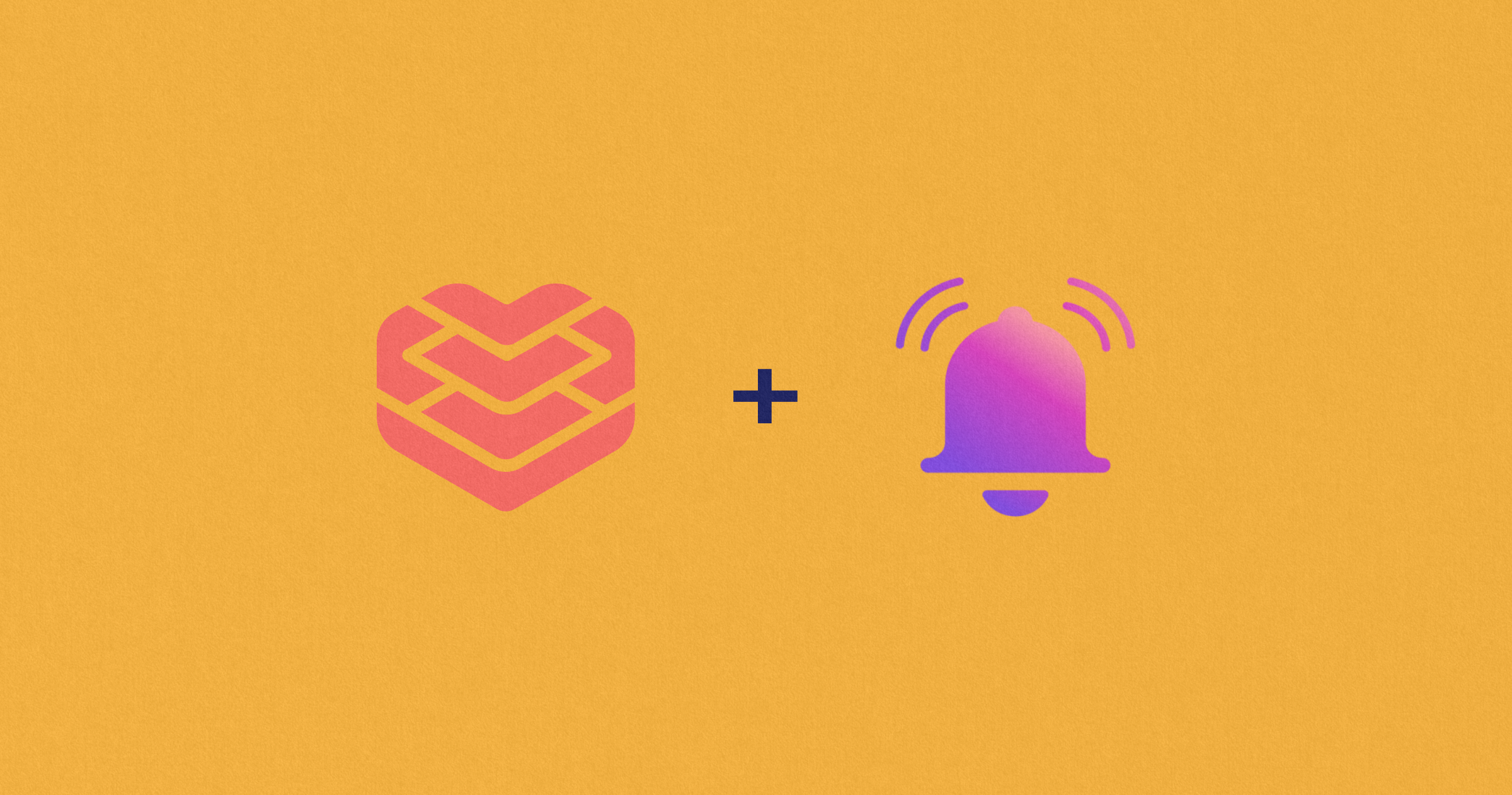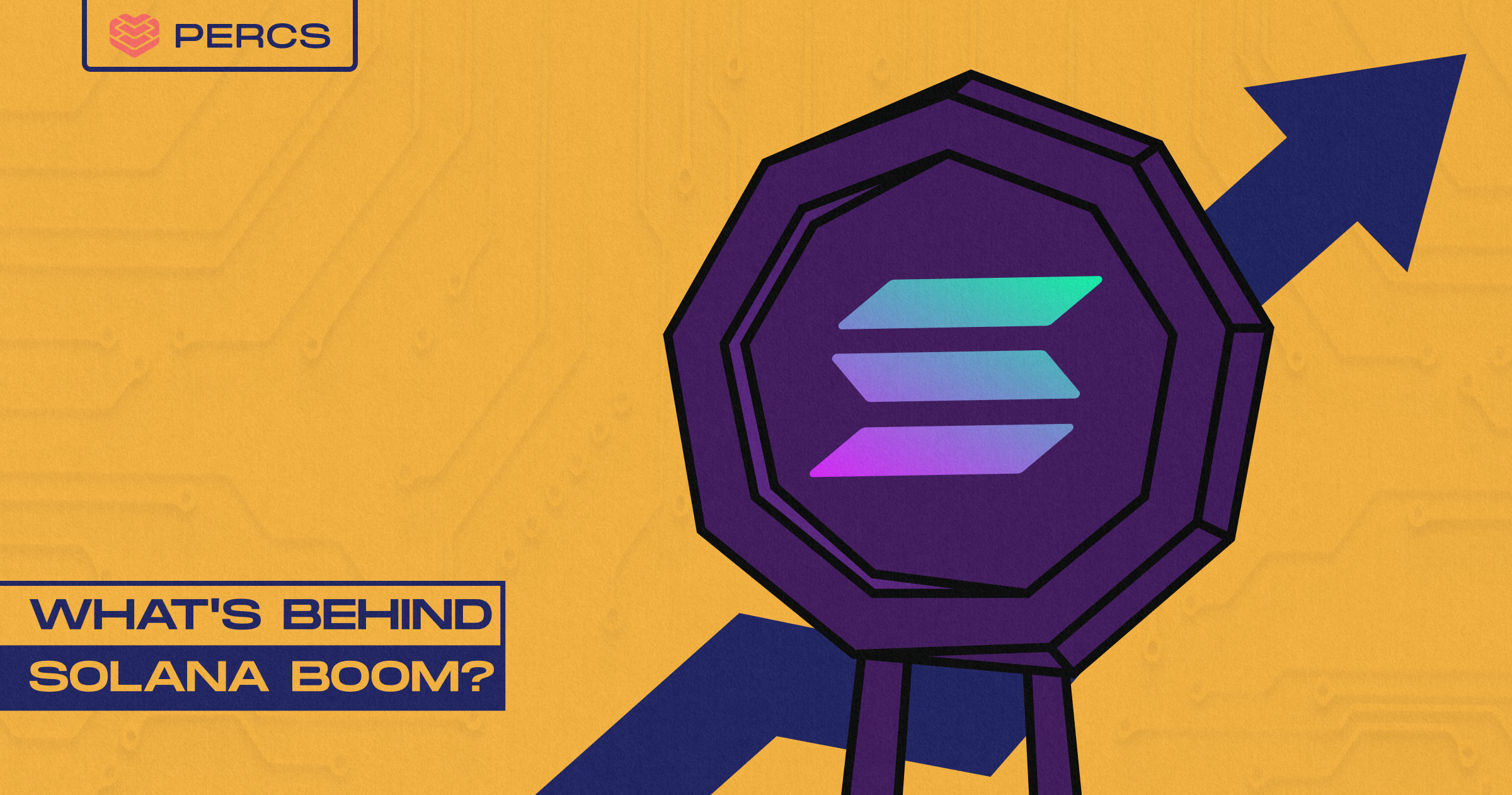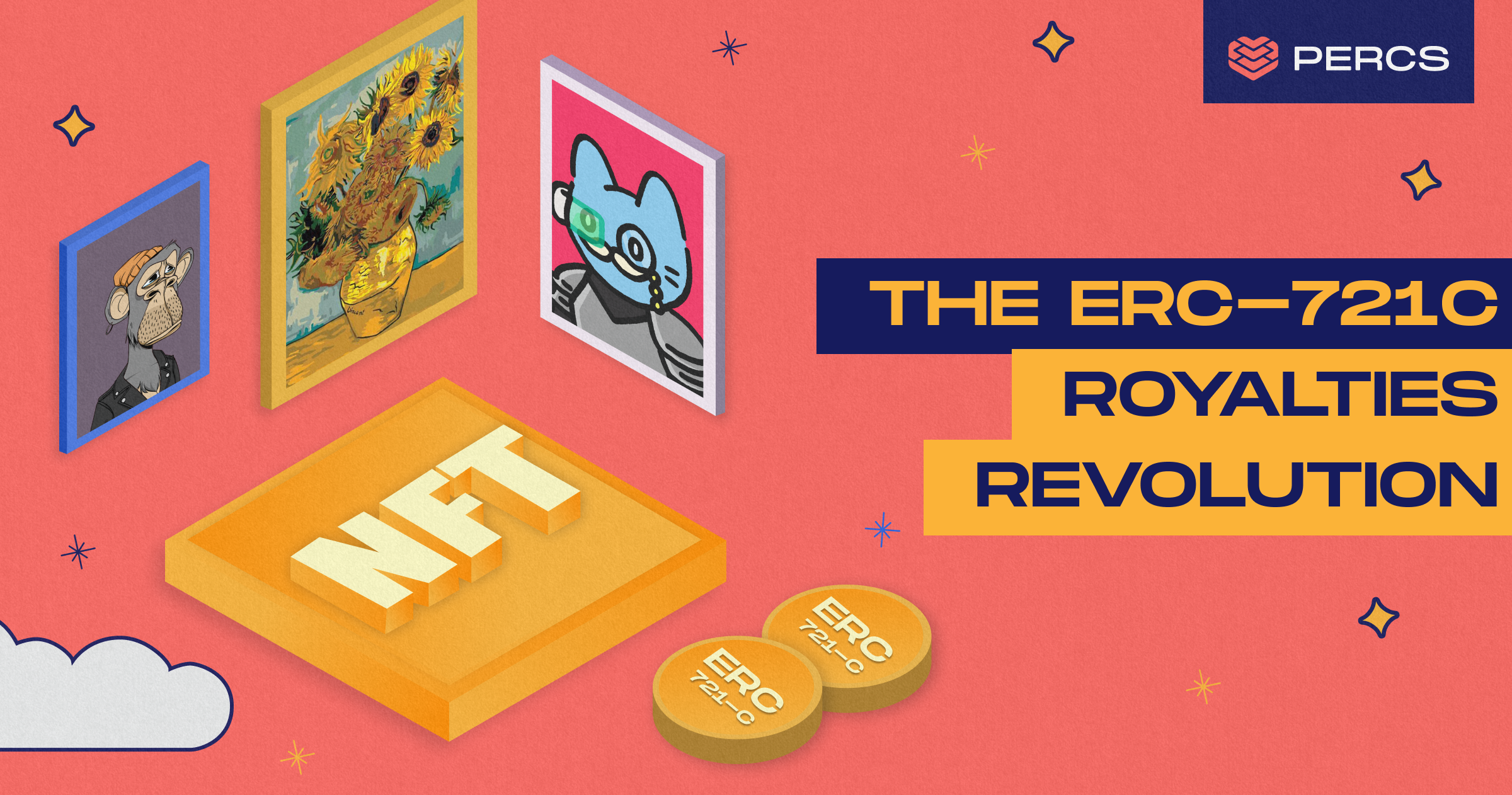The Web3 ecosystem is continuously evolving, and the recent emergence of Blast, a new Ethereum Layer 2 (L2) solution, has caught the attention of the Web3 community. Within hours of its bridge going live, Blast raised an impressive $30 million, signaling a strong interest in its unique features and capabilities.
However, this raises the question: with the proliferation of Layer 2 solutions, is it necessary to introduce yet another one into the space?
Blast's Unique Selling Proposition
Blast aims to differentiate itself from existing Layer 2 solutions by offering something unique – native yield. One of the criticisms of many Layer 2 networks is that the baseline interest rate on existing L2s is 0%, causing the value of assets to depreciate over time. Blast addresses this concern by allowing balances to compound automatically, earning Blast rewards on top.
Specifically, Blast natively participates in ETH staking, with the staking yield passed back to its users and dApps. This means that if you have 1 ETH in your wallet on Blast, over time it will grow to 1.04, 1.08, 1.12 ETH automatically. Moreover, Blast extends its yield offerings to stablecoins like USDC, USDT, and DAI. When you bridge these stablecoins to Blast, they are deposited in on-chain T-Bill protocols like MakerDAO, and the yield is passed back to Blast users via USDB, Blast's auto-rebasing stablecoin.
Blast is also EVM-compatible, ensuring that it doesn't disrupt the experience that crypto enthusiasts have come to expect.
The Team Behind Blast
Blast was built by a team with extensive experience across prominent institutions, including MakerDAO, MIT, Yale, and Seoul National University. They successfully raised $20 million in funding from reputable investors, such as Paradigm, Standard Crypto, and Izebel ETH, among others.
The Web3 Community's Response
Blast's rapid fundraising success highlights the strong interest in its novel approach to Layer 2 scaling. However, it has also sparked a debate within the Web3 community. Many users have questioned whether the crypto space truly needs more Layer 2 solutions, given the plethora of options available.
The Proliferation of Layer 2 Solutions
In recent years, several Layer 2 solutions have entered the Web3 arena, each offering its unique features and capabilities. Some of these, like Optimism and Arbitrum, have garnered significant attention for their efforts to improve scalability and reduce transaction fees on the Ethereum network. Additionally, 2023 has witnessed the launch of several Layer 2 solutions, expanding the choices available to users.
Conclusion
Blast's entry into the Web3 space has brought fresh innovation by introducing native yield to Layer 2 scaling. While it has attracted substantial funding and attention from the Web3 community, it has also ignited a debate about the necessity of more Layer 2 solutions in an already crowded landscape.
As the Web3 ecosystem continues to evolve, it is crucial to assess the value that each new Layer 2 solution brings to the table. The competition among Layer 2 networks may ultimately lead to further innovations and improvements, benefiting the entire Web3 community.
At Percs, we are committed to providing the best solutions for Web3 messaging and token gating. If you're interested in learning more about our offerings or exploring the market sentiment in the Web3 space, we invite you to book a call with us and discover how we can help you create the best Web3 campaigns.





